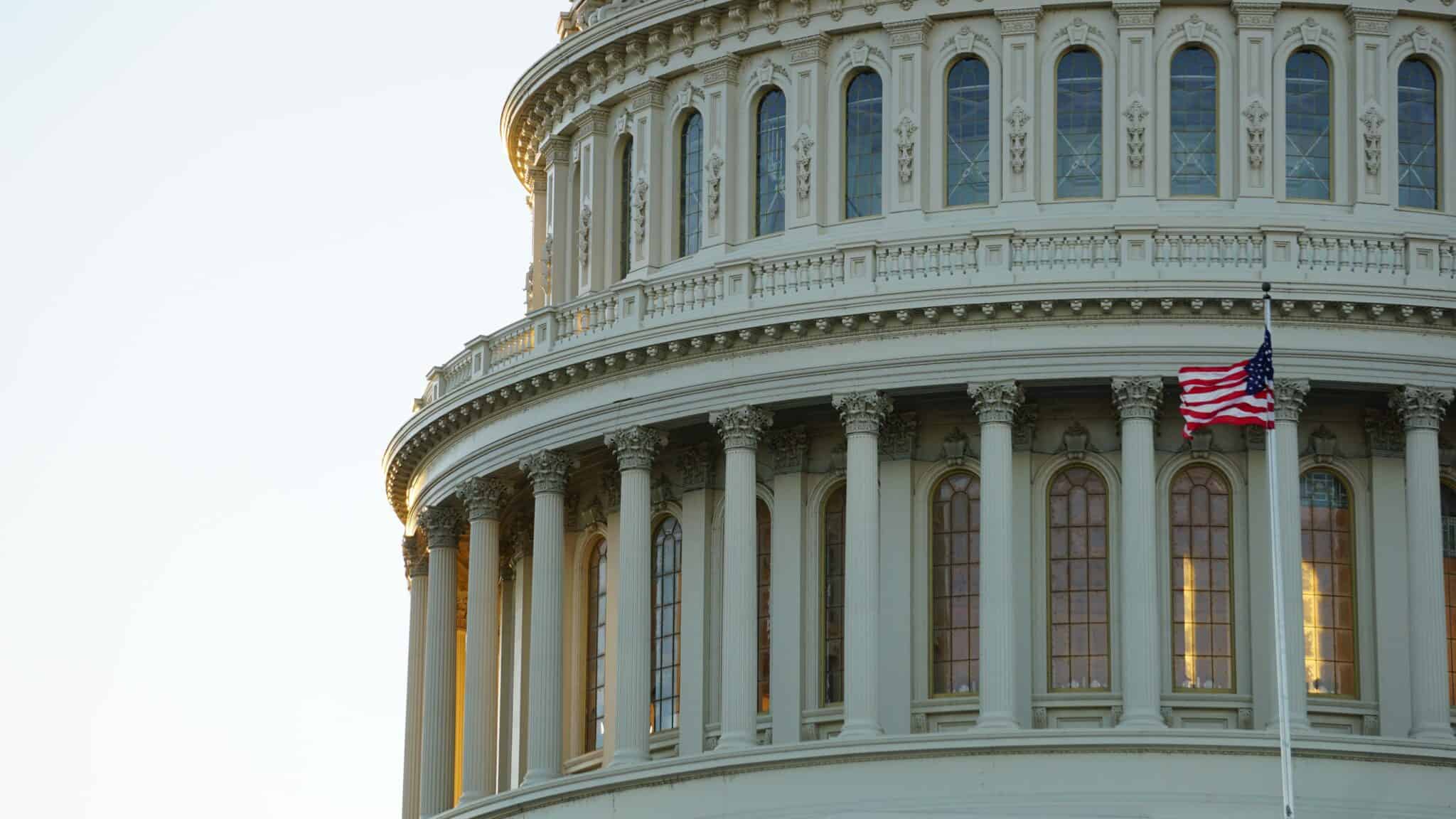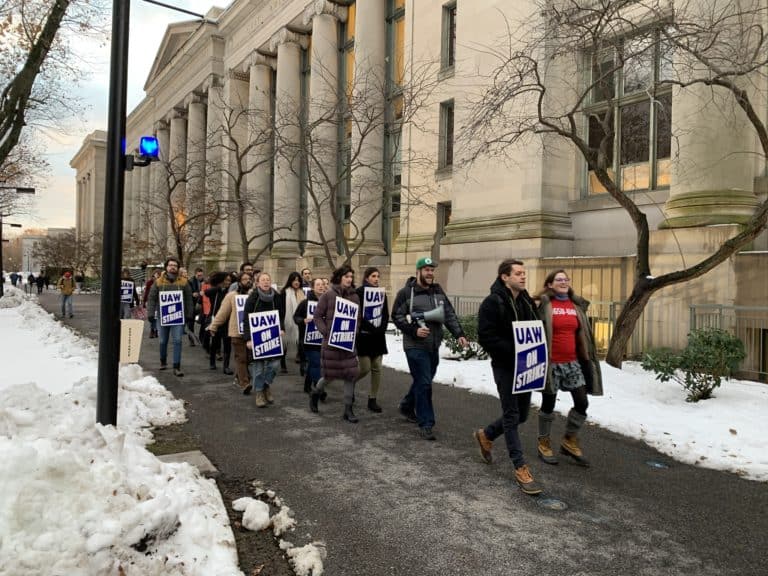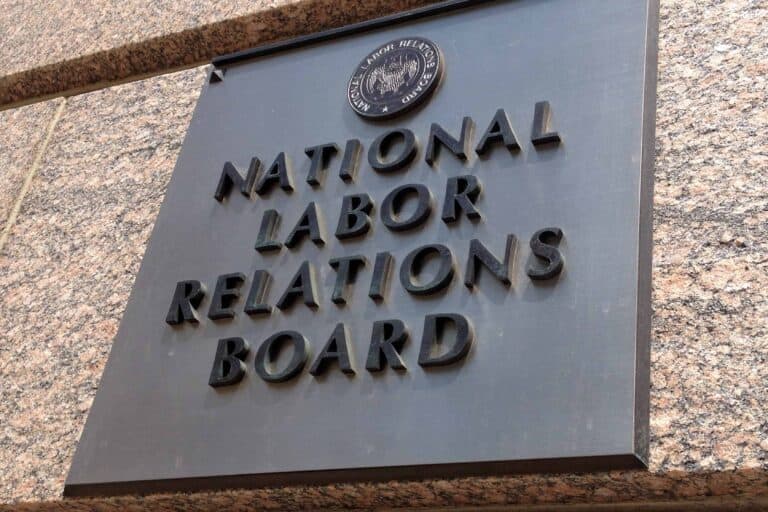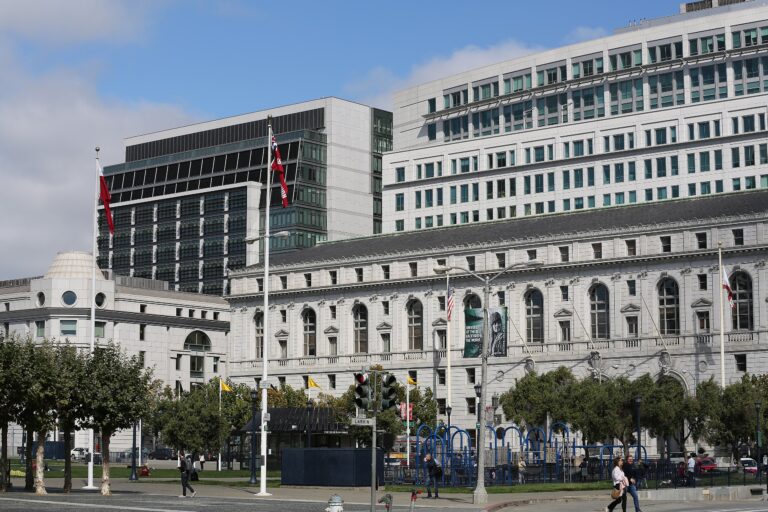Congressman Andy Levin is a U.S. representative for Michigan's 9th congressional district.
Colton Puckett served as the inaugural Labor Law Fellow in Representative Andy Levin's (MI-9) office from September 2019 to September 2021.
This is a condensed version of an article published in the March 2022 issue of the Harvard Journal on Legislation.
Despite increasing public support for unions, nationwide union membership is at its lowest point since 1936, one year after the passage of the National Labor Relations Act (NLRA or “Wagner Act”). Since then, anti-worker legislation, regulatory action, and judicial decisions gave primacy to the property, financial, and political interests of employers and tilted the playing field against working people. Employers took advantage of the weakened law to wage fierce anti-union campaigns, causing Human Rights Watch to declare “a culture of near-impunity has taken shape in much of U.S. labor law and practice.”
Over the past 86 years, pro-worker reform has remained elusive. To be sure, no amount of substantive proof or intellectual argument will convince many members of the business community and their lobbyists to reverse course and support the Protecting the Right to Organize (PRO) Act. On a fundamental level, the PRO Act seeks to return power from corporations to workers, and that is itself enough to garner significant opposition. Thus, it is incumbent upon the PRO Act’s supporters to demonstrate to the public the benefits of collective action and workplace democracy.
Individually, a union allows workers to gain benefits that they rarely enjoy in the absence of a collective bargaining agreement: just cause protections, a consistent 10-20 percent union wage premium, greater access to health care and paid leave, and improved workplace safety. Collectively, unions help level the playing field across the economy by fighting against racial and gender inequality, narrowing the income inequality gap, and providing workers a collective voice in the political arena to serve as a countervailing power against the influence of large corporations, the wealthy elite, and the interest groups that cater to them.
PRO Act
In 1983, Professor Paul Weiler described succinctly a foundational problem of modern labor law: “the current procedure for union certification, which involves a secret ballot election following an often-protracted representation campaign, creates a setting that elicits employer coercion of… employee choice.” The PRO Act includes numerous provisions to improve the election process: removing the employer as a party to representation proceedings; reducing the time between filing a petition and conducting an election; allowing workers to choose the method in which the election is conducted; prohibiting employers from requiring attendance at meetings where they spread fear and anti-union propaganda; and eliminating employers’ ability to gerrymander bargaining units to dilute union support.
By the 1990s, nearly half of all newly unionized workers never achieved a signed a collective bargaining agreement. This occurred for a simple reason: there is no legal requirement for employers to agree to a contract. The PRO Act does away with this dynamic by implementing an escalating system of mediation and binding arbitration to help settle disagreements and put a contract in place in about six months.
Solidarity is the backbone of the labor movement, and the strike best embodies this principle.
The PRO Act will reinvigorate the right to strike by prohibiting employers from permanently replacing workers who choose to engage in their right to strike and preventing employers from engaging in offensive lockouts designed to preempt strike activity and force employees to acquiesce to employers’ bargaining demands. The PRO Act will also end the ban on workers of different companies supporting each other that was imposed by the Taft-Hartley amendments. Workers will be able to support each other in a labor dispute by picketing, striking, or boycotting an employer doing business with the employer involved in the dispute.
Making it easier for workers to engage in acts of solidarity allows workers to foster a culture of collective support and action that crosses workplace boundaries and is necessary for the development of a robust labor movement.
Closing Loopholes
The PRO Act contains two provisions that are key to the effective implementation of any labor law reform: codifying the definitions of “joint employer” and “employee” under the NLRA. A strong joint employment standard is necessary to address the increasingly “fissured” workplace, where firms with the power to set wages and working conditions no longer directly employ the workers producing their goods and services. Employees misclassified as independent contractors are entirely without rights under the NLRA and other workplace protection laws.
The PRO Act implements proper definitions of each standard, situates power in workers at the outset, and places the burden on employers to articulate why their workers should be denied the right to act collectively. The PRO Act thus corrects two major loopholes that are increasingly exploited by powerful corporations to entrench workers’ precarity and avoid accountability.
Penalties
Studies show that employers are charged with violating the law in a staggering 41.5 percent of union campaigns, and in 54.2 percent of campaigns with bargaining units of 50 or more workers. The NLRA notoriously lacks civil monetary penalties and contains incredibly weak remedies like a notice posting and, if a worker was fired, reinstatement with back pay, minus interim earnings.
The PRO Act creates meaningful deterrents to employers violating the law. Workers will be entitled to full back pay, without any reduction of interim earnings, and will have access to consequential damages and liquidated damages double the amount of other damages awarded. Additionally, the PRO Act imposes substantial civil monetary penalties against companies that commit unfair labor practices and personal liability on corporate officers if they participated in wrongdoing.
The PRO Act’s penalty provisions are included in the House-passed Build Back Better Act, Democrats’ budget reconciliation bill. If passed by the Senate, this would represent the first change to the NLRA to make it easier for workers to form unions since the passage of the Wagner Act in 1935.
Two of the most powerful remedies contained in the PRO Act expand upon existing, underused protections. First, the PRO Act requires the NLRB to seek an injunction against unfair labor practices that cause serious economic harm or involve an illegal discharge. Second, the PRO Act codifies the practice of issuing a bargaining order when employers interfere with a union campaign such that a fair election is impossible.
Conclusion
The NLRA declares that the policy of the United States shall be to “encourag[e] the practice and procedure of collective bargaining . . . .” This is not, nor has it ever been, a neutral principle.
We must never lose sight of the fact that worker power does not derive solely from statute; it comes from the solidarity of people willing and able to demand more collectively and make the sacrifices necessary to win. As a union organizer, I took this ideal to heart and tried to help workers create a level of self-organization and unity that could stand up to a great deal of abuse from employers. U.S. history and my own experience make clear that workers can organize on a mass scale and create enduring organizations only when their own militancy or solidarity are met with a level of encouragement — or at least tolerance — from the government. As a legislator, my job is to create laws that empower workers to demand justice for themselves, however justice is defined at a given time.
The PRO Act would empower workers to organize in ways and forms of their own choosing, and serve as a precondition of our ability to revitalize our society in a way that advances economic, racial, and political equality. That is the true power of the PRO Act — the true power of a union.









Daily News & Commentary
Start your day with our roundup of the latest labor developments. See all
October 10
California bans algorithmic price-fixing; New York City Council passes pay transparency bills; and FEMA questions staff who signed a whistleblowing letter.
October 9
Equity and the Broadway League resume talks amid a looming strike; federal judge lets alcoholism ADA suit proceed; Philadelphia agrees to pay $40,000 to resolve a First Amendment retaliation case.
October 8
In today’s news and commentary, the Trump administration threatens no back pay for furloughed federal workers; the Second Circuit denies a request from the NFL for an en banc review in the Brian Flores case; and Governor Gavin Newsom signs an agreement to create a pathway for unionization for Uber and Lyft drivers.
October 7
The Supreme Court kicks off its latest term, granting and declining certiorari in several labor-related cases.
October 6
EEOC regains quorum; Second Circuit issues opinion on DEI causing hostile work environment.
October 5
In today’s news and commentary, HELP committee schedules a vote on Trump’s NLRB nominees, the 5th Circuit rejects Amazon’s request for en banc review, and TV production workers win their first union contract. After a nomination hearing on Wednesday, the Health, Education, Labor and Pensions Committee scheduled a committee vote on President Trump’s NLRB nominees […]